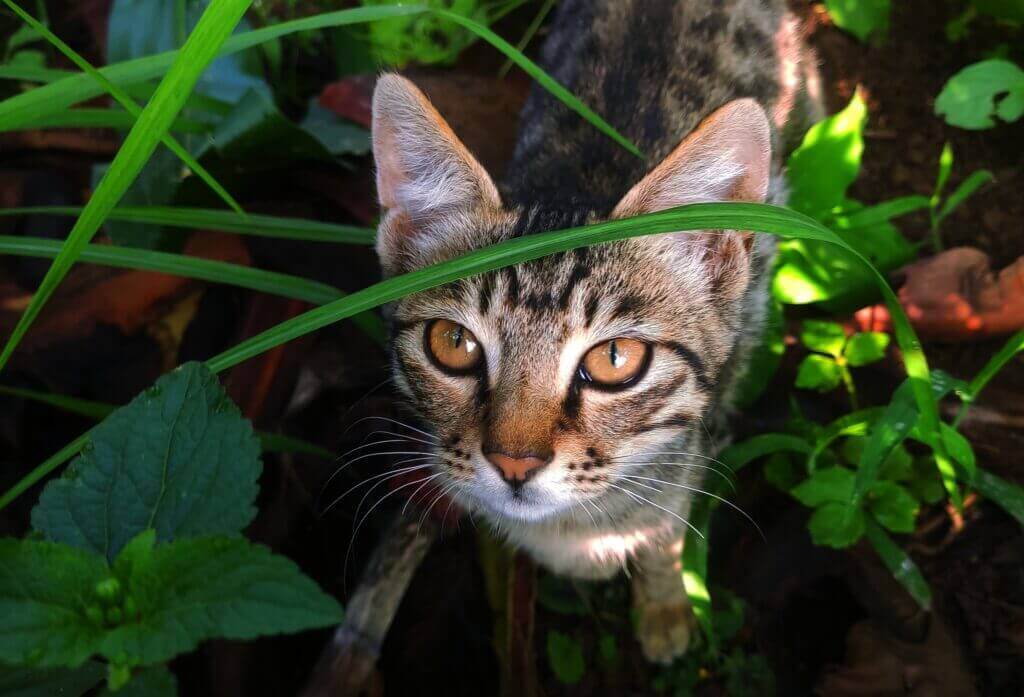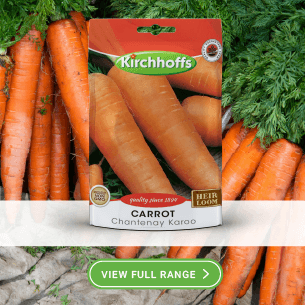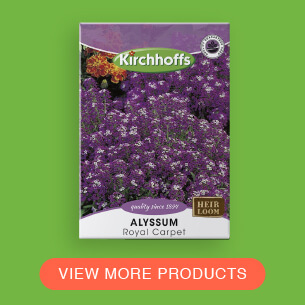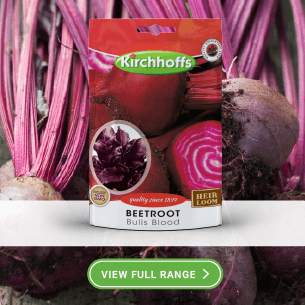Plants Poisonous to Cats: A Comprehensive Guide for Pet Owners
Our homes and gardens often serve as sanctuaries filled with diverse plant life. While these plants add beauty and tranquility to our lives, they can pose significant risks to our feline companions. Cats, with their inherent curiosity, often explore their environment by tasting plants, which can lead to severe health complications if those plants are toxic. This guide aims to educate cat owners about the dangers of specific plants to cats, covering a range of both indoor and garden varieties.
Why Knowing Toxic Plants is Crucial for Cat Owners
- Toxicity Risks: Many common plants contain substances that are toxic to cats. These toxins can cause symptoms ranging from mild gastrointestinal upset to severe neurological issues and even death.
- Cats’ Natural Curiosity: Cats are naturally curious animals and may chew on plants out of curiosity or boredom. Without the knowledge of which plants are toxic, cat owners may unknowingly put their pets at risk.
- Preventive Measures: Identifying and understanding the dangers of toxic plants is vital for preventing accidental ingestion. Educating oneself about these plants is a proactive step towards ensuring a safe environment for pets.

What Plants are Poisonous to Cats
Garden Plants That Are Poisonous to Cats:
Oleander (Nerium oleander): Every part of the Oleander plant can be extremely poisonous to cats, containing cardiac glycosides which can lead to fatal heart abnormalities, severe vomiting, and even collapse.
Foxglove (Digitalis purpurea): This plant can be a hidden danger in gardens, as it contains digitalis. It’s poisonous to cats, potentially causing severe cardiac issues, including arrhythmias and heart failure.
Lilies (Lilium spp.): All parts of lilies can be highly poisonous to cats, causing acute kidney failure even in small quantities. Ingesting even a little can lead to severe symptoms and potentially be fatal.
Azalea (Rhododendron spp.): Ingesting just a few leaves of Azalea can cause oral irritation, vomiting, and diarrhea in cats. It’s a poisonous plant that can also lead to depression of the central nervous system.
Hydrangea (Hydrangea spp.): Contains cyanogenic glycosides, which can cause vomiting, diarrhea, and depression in cats, making it a poisonous garden plant.
Daffodil (Narcissus spp.): The bulbs are especially toxic. Ingestion can lead to severe gastrointestinal distress, convulsions, and heart problems, making them poisonous to cats.
- Elephant Ear (Alocasia spp.): Contains calcium oxalate crystals, leading to oral irritation, drooling, and difficulty swallowing, making it poisonous to cats.
- Chrysanthemum (Chrysanthemum spp.): Contains pyrethrins, leading to gastrointestinal upset, incoordination, and dermatitis, making it poisonous to cats.
- Sago Palm (Cycas revoluta): Extremely toxic, particularly the seeds. Ingesting even a small amount can cause liver failure and death in cats, making it a highly poisonous indoor plant.
- English Ivy (Hedera helix): Its leaves and berries can cause severe gastrointestinal distress, hyperactivity, and breathing difficulty, making it a poisonous plant for cats.
Indoor Plants That Are Poisenous to Cats:
- Philodendron (Philodendron spp.): Its leaves contain insoluble calcium oxalates, leading to oral irritation, drooling, and difficulty swallowing, making them poisonous to cats.
- Aloe Vera (Aloe barbadensis miller): Contains saponins, which can cause vomiting, diarrhea, and lethargy in cats, thus being a potentially poisonous indoor plant.
- Dieffenbachia (Dieffenbachia spp.): Can cause intense oral irritation, excessive drooling, and difficulty swallowing, making it a poisonous plant for cats.
- Peace Lily (Spathiphyllum spp.): Contains calcium oxalate crystals that can cause oral irritation and gastrointestinal distress, making it a poisonous plant to cats.
- Jade Plant (Crassula ovata): Can cause vomiting, lethargy, and incoordination in cats, indicating its poisonous nature..
- Rubber Plant (Ficus elastica): Contains compounds that can cause increased salivation, vomiting, and diarrhea, making it poisonous to cats.
- Widow’s-thrill (Kalanchoe spp.): Contains cardiac glycosides, leading to gastrointestinal upset and heart arrhythmias, making it a poisonous plant for cats.
- Cyclamen (Cyclamen spp.): Contains saponins, leading to gastrointestinal upset and heart rhythm abnormalities, making it a poisonous plant.

How to Protect Cats From Poisenous Indoor Plants
Indoor Plants and Cat Safety
Indoor plants add beauty to our homes but can be a hidden danger to cats. Cats are often attracted to the texture and movement of indoor plants, leading to potential ingestion. To ensure cat safety, it’s crucial to place toxic plants out of reach, such as on high shelves or in rooms inaccessible to cats. When selecting plants for the home, consider alternatives like spider plants, Boston ferns, or African violets, which are safe for cats.
Creating a Cat-Safe Garden and Home
Creating a cat-safe environment involves more than just avoiding certain plants. When planning a garden or choosing houseplants, prioritize species that are non-toxic to cats. Consider using physical barriers in the garden to keep cats away from dangerous plants. Regularly inspect both indoor and outdoor areas for any new plants that might have been introduced inadvertently. For indoor environments, consider creating a dedicated space for your cat with safe plants, toys, and climbing structures to keep them entertained and away from harmful plants.
In Conclusion Some Plants are Poisonous to Cats
As cat owners, our pets’ safety is a top priority. Understanding and mitigating the risks posed by certain plants is a vital aspect of responsible pet ownership. By educating ourselves and taking proactive measures, we can create a safe and enjoyable environment for our cats, allowing them to explore and enjoy our homes and gardens without the risk of poisoning. Sharing this knowledge with fellow cat owners can help protect more cats and raise awareness about the importance of pet-friendly gardening and plant selection.








































